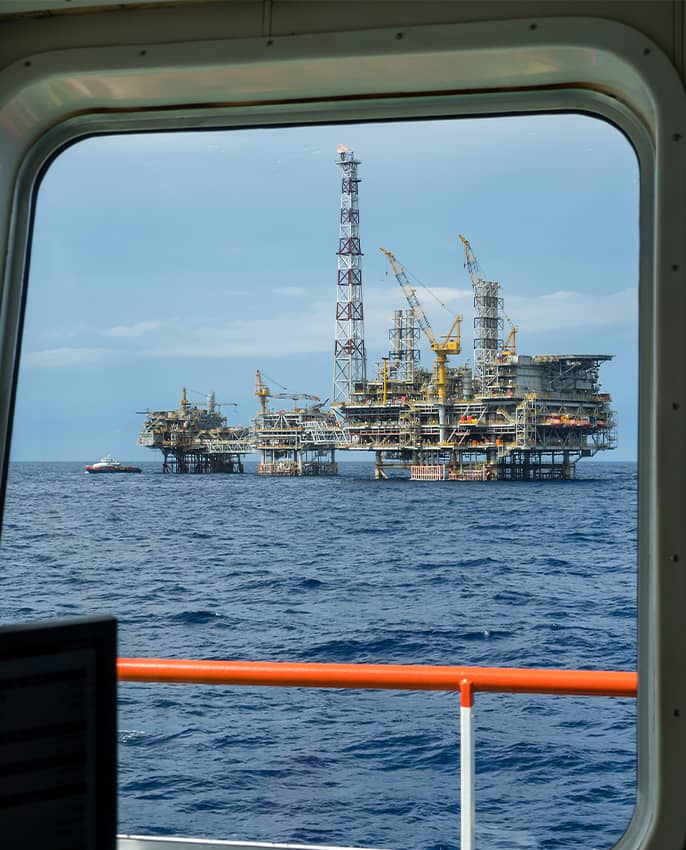
Safezone® 500 was shortlisted for the offshore supPort journal safety awards 2018.
Seacroft's Safezone® 500 programme is a suite of procedures, training, on-board mentoring and audit tools enabling offshore installation operators to manage and mitigate risk of collisions involving attending vessels. It sets out a common procedure which can be applied across an operator's entire portfolio of installations and attending vessels.
- The programme is designed to be a fit-for-purpose, cost effective solution enabling installation owners to demonstrate to regulators that the operators have in place suitable and sufficient procedures and processes to reduce collision risk to the ALARP level.
- SafeZone® 500 procedures lay down the checklists to be followed on board the installation and the attending vessel at each stage of the approach, and the standardised ‘challenge and response’ radio communications managed from the installation to confirm zonal control and procedural compliance at each step.
- SafeZone® 500 training reinforces to key installation and vessel personnel the criticality of controls in managing and mitigating collision risk; acquaints them with the regulatory framework, and introduces them to the ‘staged-approach’, and the checklists and communications protocols they will adopt. Understanding the training is formally assessed.
- SafeZone® 500 mentoring aboard the delegate’s installation or vessel rehearses in practice the elements learned in the classroom, but with operational focus on the delegate’s specific role in the operation.
- SafeZone® 500 audit on completion of training, allows installation operators to verify compliance with the procedures laid out in the programme, and affords the opportunity for periodic re-verification of compliance.
- SafeZone® 500 has been adopted by several installation operators in the UK North Sea – indeed two operators have successfully relied upon adoption of SafeZone® 500 in submissions to the UK HSE in securing the closure of enforcement notices relating to control of collision risk in the 500m exclusion zone.
